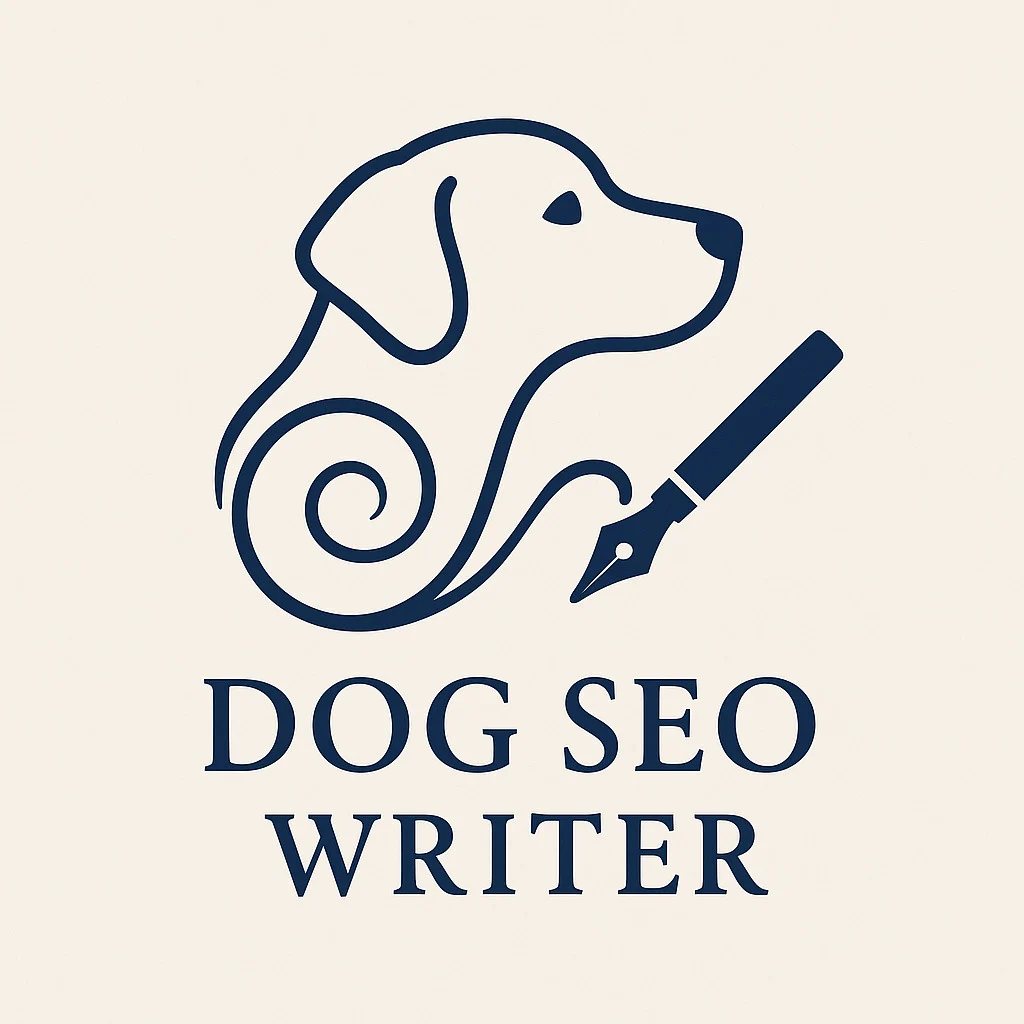
For pet bloggers hoping to grow their audience and online impact, understanding the difference between paid and organic traffic is essential. Both have strengths and serve different stages of your growth and monetization strategy.
What Is Paid Traffic?
Paid traffic is the result of advertising—those visitors land on your site after seeing ads on platforms like Google, Facebook, Instagram, or pet product networks. These methods include PPC (pay-per-click), display ads, social media boosts, and influencer campaigns.
Advantages of Paid Traffic:
- Speed: You get instant results and quick visibility for new posts, promotions, or launches.
- Targeting: Ad platforms let you reach pet owners by interests, location, age, and more.
- Scalability: Increase your ad budget to reach more pet lovers at any moment.
Disadvantages:
- Ongoing cost: Stop paying, traffic stops.
- Potentially less trust: Users often skip ads, preferring organic links.
- Short-term: Once campaigns end, so does the flow of new visitors.
Best For:
Promotions, product launches, timely events, quickly testing new offers, and reaching new audiences.

What Is Organic Traffic?
Organic traffic comes from unpaid sources—mostly search engines and word-of-mouth online. For pet blogs, SEO, quality content, social media engagement, and community building foster steady organic growth.
Advantages of Organic Traffic:
- Cost-effective: Free clicks from Google, Bing, or social shares.
- Credibility: Search listings earn more trust; repeat visitors convert at higher rates.
- Longevity: Good SEO means traffic endures even if you stop active promotion.
- Greater click-through rate: 53% of all web traffic stems from organic search—far more than from ads.
Disadvantages:
- Slower: Building SEO, socials, and content takes time and consistency.
- Algorithm-dependent: Changes in search and social algorithms can impact your reach.
- Requires ongoing effort: Content creation and optimization are a must.
Best For:
Long-term brand growth, sustainability, building authority, converting loyal readers, and collecting backlinks.

Head-to-Head Comparison of Paid vs. Organic Traffic
| Aspect | Paid Traffic | Organic Traffic |
| Cost | Continuous spend | Time/content effort |
| Speed | Immediate | Gradual |
| Trust | Lower, seen as ads | Higher, earned |
| Longevity | Temporary | Enduring |
| CTR | Lower | Higher |
| Best for | Promotions, launches | Authority, loyalty |

When Should Pet Bloggers Use Paid Traffic?
- Launching new products, services, or guides
- Hosting contests/giveaways
- Testing messaging or products for fast feedback
- Accelerating early-stage blog growth
Paid traffic is an accelerator. Use it for time-sensitive campaigns—but build a foundation with organic methods.

How to Win With Organic Traffic
- Invest in SEO: Research keywords like “dog grooming tips” or “best pet toys” and add them to your posts, images, and meta descriptions.
- Publish valuable, shareable content: Teach, entertain, and solve problems for pet owners.
- Engage your community: Social media conversations, comments, and user-generated photos.
- Network for backlinks: Guest posts, features, and resource lists boost your Google rank.
Organic growth takes time, but sustainable results follow, powering your pet blog for years.
Finding Your Traffic Balance
The most successful pet blogs blend both approaches. Use paid traffic as a lever for big moments, then build lasting authority with organic presence.
Checklist for Traffic Strategy:
- Test paid campaigns for launches and promotions.
- Consistently publish SEO-rich, reader-centric content.
- Track all efforts in Google Analytics, noting what drives conversions.
- Build community for repeat traffic and social sharing.
Want a detailed strategy for paid and organic growth tailored to your pet blog? Book a free discovery call with Dog SEO Writer and maximize your reach in 2025.




